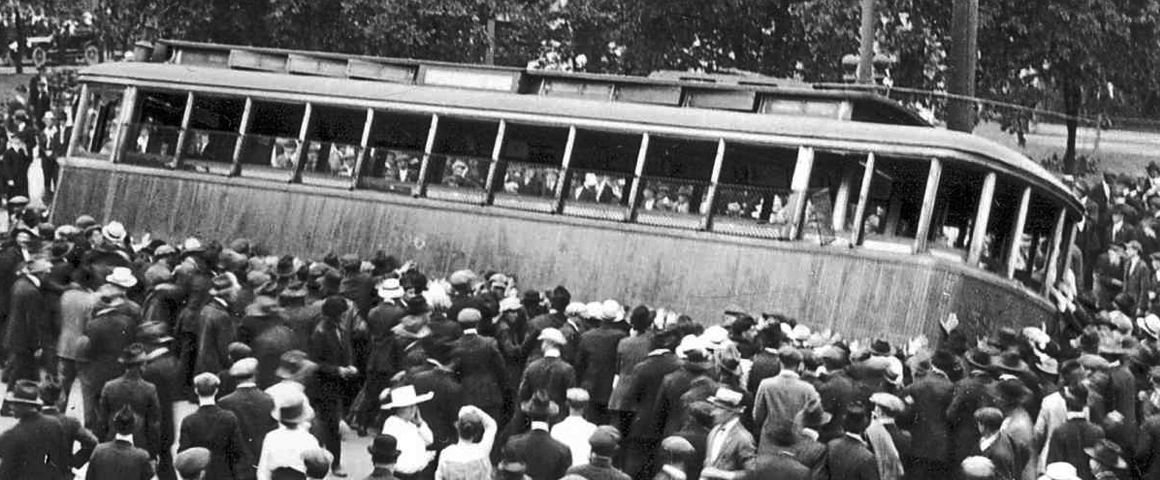This year is the 100th anniversary of the most significant political event of the 20th century. The Great October Socialist Revolution of November 1917 marked the first time in history that political power was taken by the working class. To honour this centenary, People’s Voice will print a series of historic and contemporary articles over the course of the year. This brief article notes the Revolution’s impact on the struggle to create a “party of a new type” in Canada.
From the earliest years of our country’s history, Canadians have fought for independence, democracy and social advance. We honour those who led many of these struggles — Louis-Joseph Papineau in Quebec, William Lyon MacKenzie in Ontario, Louis Riel on the Prairies, and Amor de Cosmos in British Columbia.
With the development of capitalism in Canada, a new exploited class was brought into existence — the working class. Since then the struggle between capital and labour has constituted the main driving force of our history.
Well back in the nineteenth century, some Canadians began to study the great revolutionary ideas of the founders of Scientific Socialism — Karl Marx and Frederick Engels — who saw philosophy not just as a means of interpreting the world, but of changing it.
In 1904, the Socialist Party was founded. Later, the Socialist Party of North America emerged, stressing the importance of merging Marxist theory with the day-to-day struggles of the working class and the people.
It was from these roots in the soil of Canada that the Communist Party was born and grew.
The First World War — a war fought by imperialist powers for the re-division of the wealth they had plundered from the world’s peoples — inflicted death and untold misery upon humankind. In Canada it brought instant fortunes to greedy profiteers, while sending 60,000 young Canadians to their death. Inscription, imposed by the ruling class, trampled on the national rights of Quebec and the democratic rights of all Canadians.
Then, a great event shook the world; the working class of Russia, under the leadership of Lenin and the Communists, overthrew their Czar and their capitalists, grasped state power and took their country out of the imperialist war, and began to build the first socialist society in human history.
The Great October Socialist Revolution, and the actions of 19 imperialist states — including Canada — to intervene in Russia to smash it, had a galvanizing impact on organized Canadian workers. Combined with growing post-war unemployment and misery, working class struggles from Vancouver Island to Nova Scotia erupted, reflected most notably in the famous Winnipeg General Strike of 1919.
At this critical juncture, many radicalized workers began to see the necessity of combining economic struggle with political and ideological struggle. As Tim Buck noted in Canada and the Russian Revolution: In these circumstances, it was inevitable that discussions would spring up among the workers around the question “What is next, where do we go from here?”
The answer came in a growing call to form a party of a new type, based on scientific socialism and working class internationalism, a party which fights for reforms, but rejects reformism as a substitute for socialist revolution.
In late May of 1921, such a party was founded at a convention held under conditions of illegality in a barn on the outskirts of Guelph, Ontario. The Communist Party of Canada, and its legal sister party, the Workers’ Party of Canada, adopted a revolutionary program and party constitution, launched the Party press, and immediately set about organizing workers.




